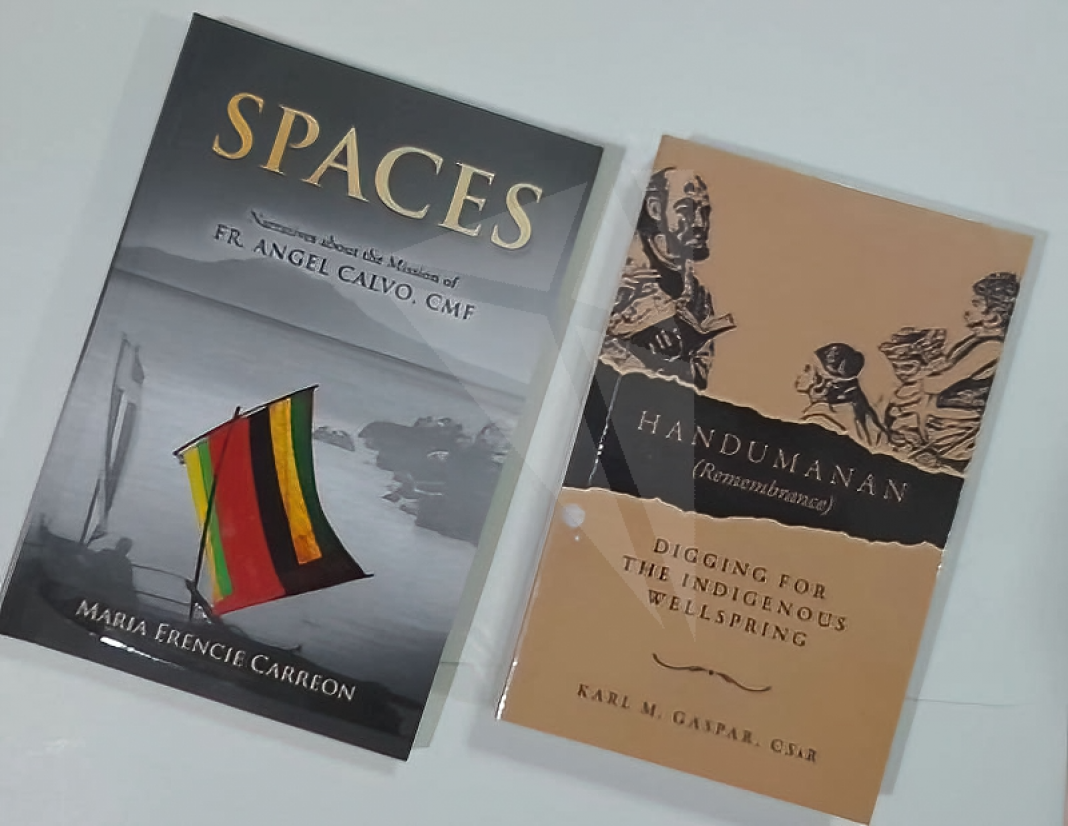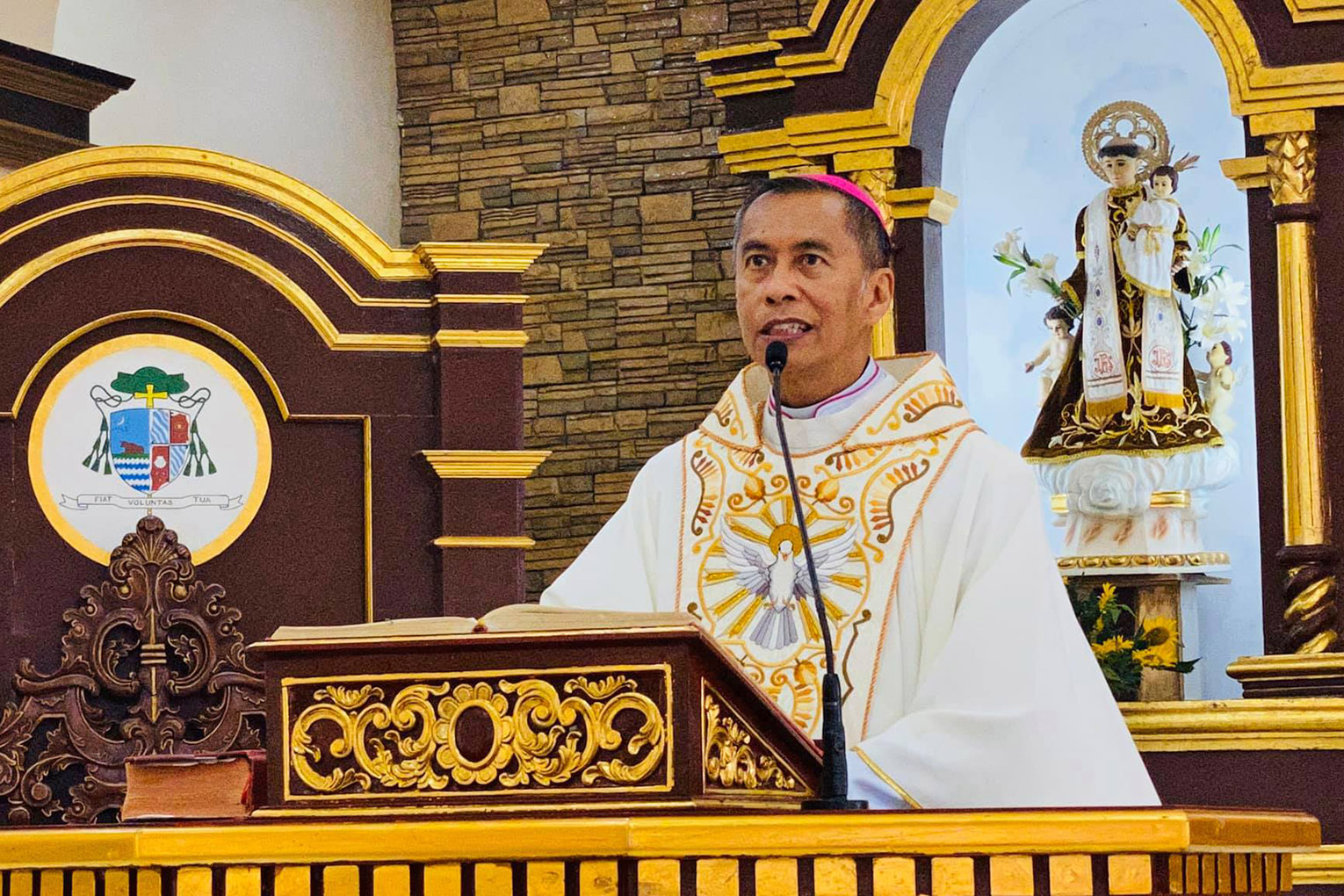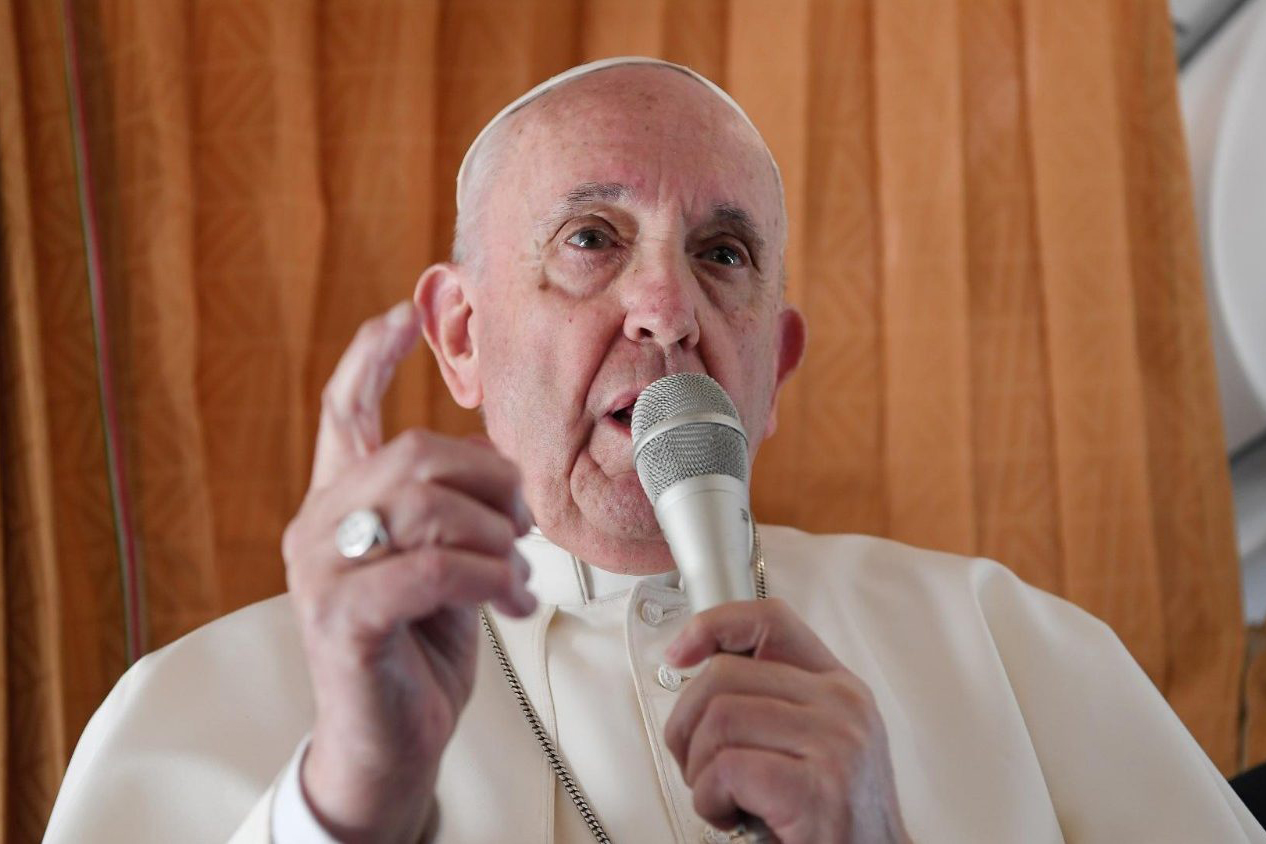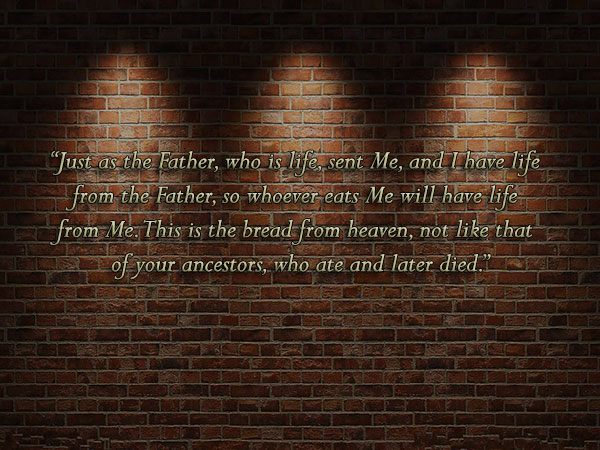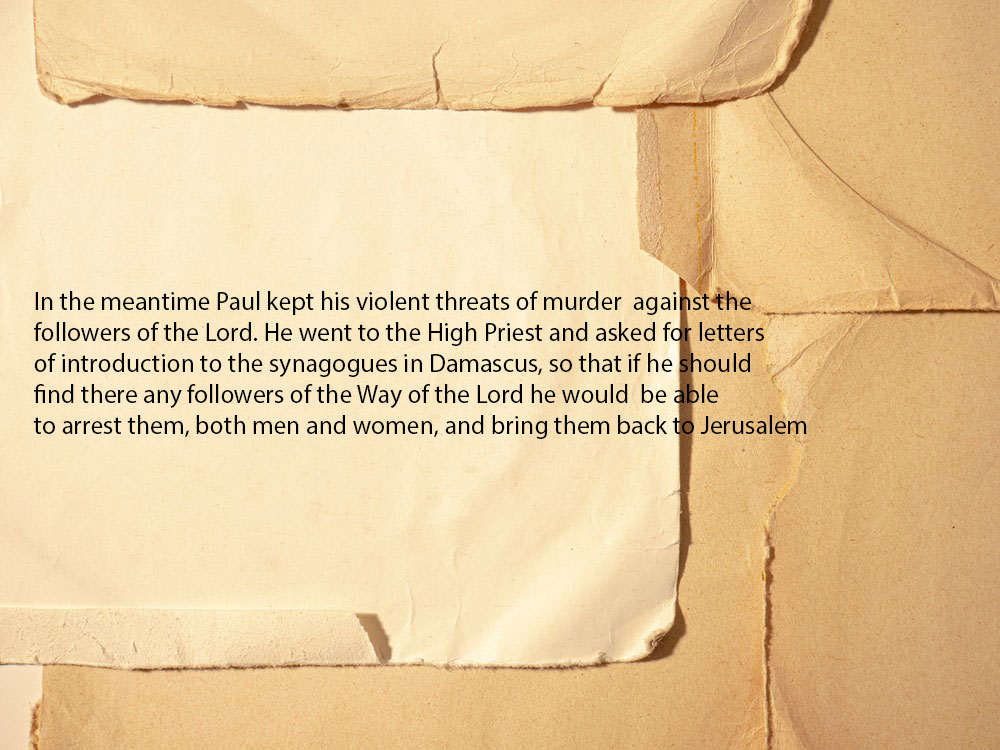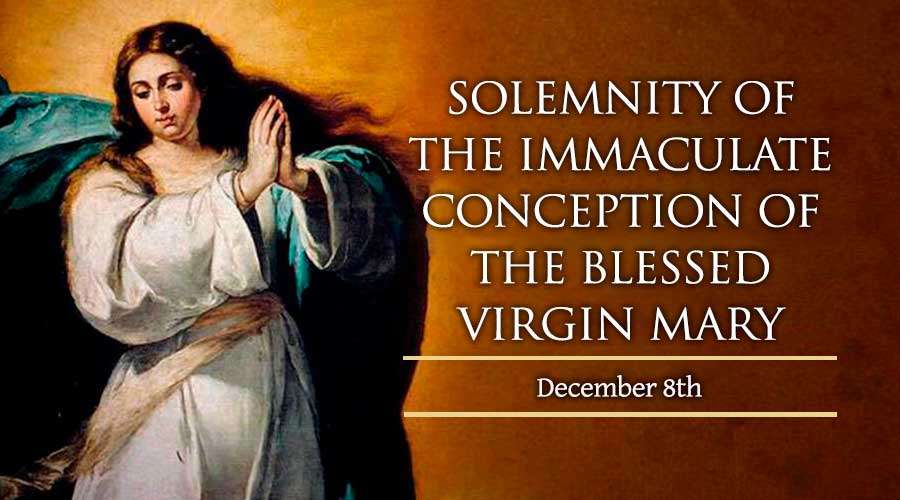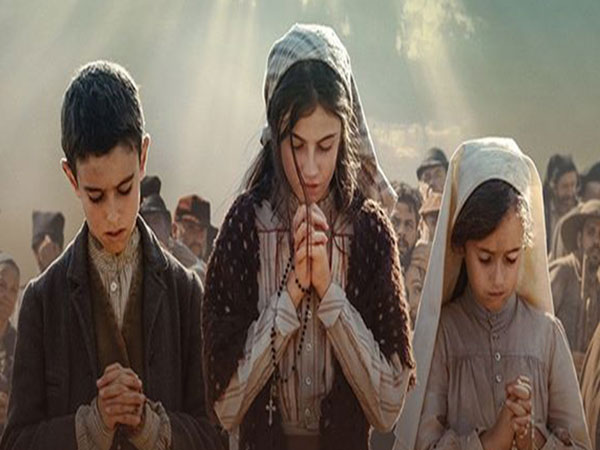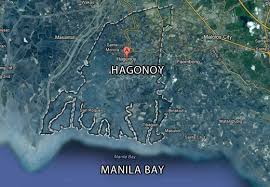
Msgr. Fernando G. Gutierrez
Religiosity and Spirituality
Religion a personal set or institutionalized system of religious attitudes, beliefs, and practices; the rituals for the service and worship of God or the supernatural.
Spirituality, connotes an experience of connection to something larger than you; living everyday life in a reverent and sacred manner. Christina Puchalski, MD a leader who tries to incorporate spirituality into healthcare, writes it, “Spirituality is the aspect of humanity that refers to the way individuals seek and express meaning and purpose and the way they experience their connectedness to the moment, to self, to others, to nature, and to the significant sacred” (Adam Brady, Vedic Educator) or Almighty God, Supreme Being (Allah, Adonai, Hashem, YVWH).

My hometown of Hagonoy, Bulacan is a coastal region, a long ridge with a lake in its edge bounded by the Manila Bay. This long ridge is called “Wawa”, which is which is now part of Barangays San Sebastian and San Nicolas. The town was named after “hagonoy”, a medicinal plant that thrived by the town’s river banks. Because of the medicinal value of the plant and its leaves serve as herbal remedy for various illnesses, it came to be associated with the place, “Hagonoy.” The town has 26 barangays.
During the Japanese occupation of the town, malaria and cholera were widespread. It was believed that the viruses were gone through the intercession of Apo Ana (Lola Anne), the town’s parochial saint.

I was old enough to remember the Japanese wartime history of the town. When the Japanese were retreating to the Cordillera mountains as the US forces were approaching the town, another miraculous intervention of St. Anne occurred. The town’s residents, young and old, male and female, were ordered to line up along the main thoroughfare. Rumors had it that the Japanese wanted to avenge their shameful retreat by killing all lined-up residents. It never happened through the prayers of St. Anne.
Four prominent citizens of the town disappeared and their remains could not be found. The Japanese suspected that – Fr. Celestino Noreiga, parish priest and the town mayor, Troadio Perez, vice mayor, Dr. Manuel Suntay and lawyer Rafael Tomacruz – were guerilla sympathizers.
The town’s response to COVID-19 – religiosity and spirituality
Hagonoy is deeply religious. This can be deduced from the way the majority of the barangay – was named after a saint. To name a few, there is barangay San Pedro, Sto. Rosario, San Juan, San Nicolas, Sta. Elena, Sto. Niño, Sagrada Familia, San Juan, San Agustin, San Miguel and Sta. Monica. There are three barangay that have been erected as parishes – San Pedro, San Juan, Santa Elena and Sto. Rosario. The town proper of Hagonoy has been declared as The National Shrine of St. Anne.
A manifestation of its fervent faith in God and faithful devotion to St. Anne are visible every Sunday and Holy Days of obligations. The church and barangay chapels are always full parked.
It is no surprise to everyone that when Holy Mass with congregation is prohibited by the Catholic Bishops’ Conference of the Philippines (CBCP) upon the recommendation of the Interagency Task Force (IATF), the Blessed Sacrament and statue of St. Anne were displayed on top of a pick-up truck and processed through the whole town.
Historical Flashback
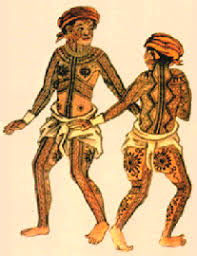
The pre-colonial spirituality of the Filipinos was animistic or polytheistic. They worshiped so many gods and spirits. These gods came to be associated with rivers, trees, and mountains. This experience, though erroneous, nonetheless showed the Filipino desire to capsulate the understanding of their gods. With the arrival of the sword and the cross, the spirituality and cultural values that were indigenous to the Philippines had changed. Though colonialism and Christianization had brought progress to the Filipinos, yet God’s image came to be foreign than Filipino and extensively associated with suffering and atonement. In some instances, superstitious beliefs and traces of polytheism continue or folk Christianity co-mingle with official Church.
Apart from the intention to conquer or unify the scattered Philippine islands (a total of 7, 107), Spain had three other major goals for the Philippine archipelago. First, Spain intended to colonize and Christianize the entire archipelago. Second, Spain aimed to use the archipelago as port in its trade with China and Japan and to Christianize these regions. Third, Spain wanted to participate in the spice trade that was monopolized by Portugal. Only the first objective was partially accomplished, because of the active resistance of both the Muslims in the south of Mindanao and the Igorot, the upland tribal peoples in the north of Luzon.
Historians agree that pre-Spanish period Philippines was not yet a nation, with more than 7,000 dispersed islands, but each had its own history, ethnicity, regional dialects, and various religious beliefs. These differences were more evident through various autonomous kingdoms of Luzon Island, Mindanao Island, and many of the other islands. There was no unity as one archipelago under one dominant empire.
The indigenous Filipinos not only manifested their progress in trade, commerce, and governance, but also revealed how they related to and conceived ideas about their gods and goddesses. The Austronesians, ancestors of Filipinos, were animists and polytheists.
The natives already had their own religions before the arrival of the Europeans. Long before Hispanization, they experienced “supernatural” energy, an “encounter” with the divine. The rituals were intended not only to pacify evil spirits, but also to satisfy their need to celebrate that energy in many different areas of their lives and had gods and goddesses to participate in them. Thus, they had gods and goddesses for every time and season, in war, planting and harvesting, sickness, natural calamities, famine, sex and washing plates and kitchen utensils; there was a god or goddess to whom they could turn for any human need. They also had native priesthood, belief in the afterlife, and creation.
The native culture found by the Spanish missionaries was radically religious and the native religion was the great cultural wealth of the country. There was no religious vacuum. Religion filled all corners of life. It was life, art, literature, poetry, music, and religion, rolled up into one. All was touched by religion. In primitive societies nothing is secular.

Anitos were worshiped as saints because they were the souls of their pious ancestors. These ancestors were venerated for protection of homes and safeguard of families. Even today, certain Philippine regions offer food before a picture of the deceased. The idols were perfumed and dressed, comparatively in the same manner as the contemporary Christian saints are dressed. Perhaps, this is the origin of the Filipinos’ propensity to dress the Sto. Niño with various costumes.
Since the indigenous people were not capable of encapsulating in ancient ways their gods and goddesses’ awesome profundity and activity, out of necessity, they resorted to myths. This ancient attitude reveals how God is beyond simplistic human imagination and limited language that resulted into polytheism and animism. This fact, however, is still true today.
During the colonial period, “the Christ figure was invariably interpreted through a Western lens and forced upon the colonized peoples without paying any attention to their social predicament or seeking to enter into a dialogue with their indigenous traditions.” (Christology

Kwok Pui-lan, Introducing Asian Feminist Theology, Pilgrim, 2000, ch.6, pp79-97.) Due to this approach, Christology does not mean anything to the indigenous culture, except perhaps that it was received as it had been imposed on it. The debate on whether Jesus was fully human or divine has little meaning in some cultural and linguistic contexts. The message of salvation, if concerned primarily with redeeming individual souls and life after death, has little relevance in an Asia plagued by issues of survival under foreign domination. Even today, Christianity is still seen as a foreign religion by the majority of Asians, largely because of this ‘Western captivity’ of Christianity. (Kwok Pui-lan)
Unification through Hispanization and Christianization of the archipelago was facilitated through the continuance of the native’s political structure, the barangay. The friars needed the local leaders who had the power over the small communities. Even though a centralized form of government was already in place with the governor general and the alcaldes mayores as heads of the provinces, yet the remaining authorities of the local government in the municipalities were natives.
The role of municipal mayors (gobernadorcillo), capitanes de barrio, cabeza de barangay were awarded to the elite class (principalia). The principales consequently became the links (fiscales) between the Church and the people. The pueblos did unify the scattered indigenous villages. At the same time, it provided colonizers and missionaries the instruments to strictly enforce upon the natives their laws and monitor their movements for possible incendiary activities as well as forbidden pagan practices.
The propensity of the church to pageantry gained wide following. Celebration of fiestas, processions, dances, theatrical shows, and Moro-Moro plays enhanced the assimilation of indigenous social customs into religious observances. The Spanish pageantry helped the Filipinos novel forms of celebrating life’s milestones, such as weddings and baptism, yet the natives paid more attention to glitters and the externals, not to the real reason for the celebration.
The parroquia, situated in central plaza, became the locus of town life. The church calendar set the pace and rhythm of daily life according to fiesta and liturgical seasons. Market places and cockfight pits sprang up near church walls
It is true that the Spaniards imposed forced labor otherwise known as “polo y servicio” in the construction of these churches, yet the colonizers should also be credited for enhancing the natives’ artistic talents, architectural, and building acuity through the works of native carpenters, masons, craftsmen, and artisans.
The legacy of Spanish conquest and colonial rule as with other colonial power that dominated indigenous populations has manifold results. Once the indigenous Filipinos were under the dominance of the mightier Spaniards, they, though adamant, acquiesced to the colonizers’ demands. “The Spanish also imposed new moralities on Filipinos by discouraging slave holding, polygamy, gambling, and alcohol consumption that were a natural part of the indigenous social and religious practices.” At the same time, Hispanic rule left a legacy of syncretistic religious elements.
The Spanish missionaries shaped the Filipino spirituality. Much of the native pre-Christian cultural expressions survived in the process. At the end of the process, the resultant spirituality is a syncretic blend of Hispanic spirituality and the natives’ polytheistic idea of Christianity.
Unfortunately, the way the indigenous culture was evangelized was not only destructive and oppressive, but also, as De Mesa contends, it was the harbinger of so many miseries and the cause of so much confusion, most especially among those colonized. Not only was it foreign to Asia, it was also an understanding which was polemical against non-Christian religions, disrespectful of indigenous cultures and insensitive to the injustices which colonialism brought about.
Likewise, historians, such as Rose R. Tope and Detch P. Nonan-Mercado, believe that the friars came to the Philippines not to Christianize a people, but their animistic practices.
Spanish Catholic priests relied on vivid, theatrical presentations of stories of the Bible in order to help Filipinos understand the central messages of Christianity. Today, this colonial legacy lives on whenever Filipino Catholics re-enact through religious dramas the passion of Christ, or Christ’s martyrdom during Holy Week. Like other forms of Spanish piety, this devotion is also interpreted and intertwined with indigenous rituals and practices. For example, unscrupulous Catholics observe self-flagellation and crucifixion on Good Friday. In doing so, Filipinos could satisfy their local needs through blending of indigenous tradition (flagellation) and Catholicism (Good Friday)

Celebration of Holy Week reveals the deep spirituality of Hagonoy. On Palm Sunday, before the Misa Mayor (Solemn High Mass), women devotees lined up the priest steps with skirt (tapiz) as he blesses the frond or palm leaves while he goes around the patyo (church yard).
Holy Week procession on Holy Wednesday and Good Friday are miles long. Devotees sing a dirge or requiem as they follow the Holy Body of Christ which was taken down from the Cross after the Siete Palabras (Seven Last Words). Unscrupulous residents laid down different leaves at the foot of The Cross. After the Siete Palabras and the Crucified Savior are over, the residents pick up those branches as herbal remedies for all kinds of illness. Residents did not bathe themselves believing that the flagellants tainted the water with their blood.
The natives accepted baptism because it was believed to simply cure ailments. On the other hand, the Spaniards considered conversion through baptism a symbol of allegiance to their authority.
Communion was given out selectively for this is one of the most important sacraments that the missionaries held as very sacred, but it was merely considered a ritual. The goal of body and blood of Christ seldom attained its transformative effect, such as living with love and compassion.
Religion and marriage were at certain instance utilized by the missionaries of Spain to teach official Church teaching. Polygamy was not uncommon, but only wealthy chieftains had this privilege.
Holy Matrimony was a concept many natives could not understand and thus had violated the sanctity of monogamy. (Can the polygamous trait of the early indigenous Filipinos account why most Filipino men are prone to womanizing today?) They were however, allowed to keep the tradition of dowry which was accepted into law. “Bride-price” and “bride-service were observed by natives despite labels of heresy. It was the natives’ tradition by which the groom paid his future father-in-law with gold or offered labor services before the marriage. The priests had disapproved these practices because they felt bride-price was an act of selling one’s daughter and labor services in the household of the father and an occasion for premarital sex.
Confession, or Penance, was required of everyone once a year and the clergy used a bilingual text aid called confessionario to help natives understand the rite’s meaning and what they had to confess. They were initially apprehensive to the concept but they gradually used penance as a way to excuse excessive actions throughout the year. It was practiced with uneasiness and sometimes had a negative effect in trivializing guilt.
Present-day Realities
Some present-day Catholics cannot get rid of the mentality that confession is just a ritual. The spirit of penance has lost its appeal and, in many places, mere external rituals. Many who felt impelled more by fanaticism than true devotion have gone to extremes of bloody penance (flagellation, reenactment of the crucifixion, etc.). Since for most of the Filipinos confession is just another ritual, they are more at ease with flagellation and crucifixion as a way to atone for their sins, an interpretation of Catholicism through popular devotion or folk Christianity.
Sentimentality on suffering and death
In general, Filipinos are a sentimental people. Emotions play a major role in their life. They normally decide with their heart more than their mind. Consider how the soap operas or teleserye attract so many viewers not only in the Philippines, but also in foreign countries where Filipinos reside.
For this reason, suffering and death appeal to many Filipinos. Holy week observance, especially Good Friday, is very popular. Some theories say that the early Filipinos’ veneration of the dead is a product of post-Spanish popular faith that is marked by a sympathetic obsession with death and a religious fervour that focuses on the wounds and sufferings of Christ. The image of Christ that is widely admired by ordinary Filipinos portrays Jesus as suffering, humiliated, and sacrificed. Residents are at ease with their sufferings and poverty, because there is Christ who was crucified.
Quarantine

Obedience is next to holiness. Quarantine and curfew were strictly observed by the townsfolk of Hagonoy. As of May 21, Hagonoy is listed among the five towns in the Bulacan province that are Covid-19 free – Angat, Doña Remedios Trinidad, Pulilan, Plaridel and Bustos. The three places with the most number of Covid-19 cases are the cities of San Jose del Monte with 22 and Malolos with 17, and the town of Marilao with 17.
Yet, as of June 21, Hagonoy has probable cases of CVID-19, with 0 recoveries and 0 fatalities.
Though spiritual and religious, present day Filipinos could not but
mingle the official Church teaching and Folk Catholicism. During this pandemic,
a few Filipinos put crosses in front of their house to ward off the virus in
the air. Alcohol is used as Holy Water.
There is no doubt with the Hagonoy
residents’ religiosity and spirituality. But more often these are comingled
with pre-Spanish superstitions of various sorts.
Piety and devotions are observed deeply by Hagonoy devotees, but these
religious practices should be cleansed of superstitions.




